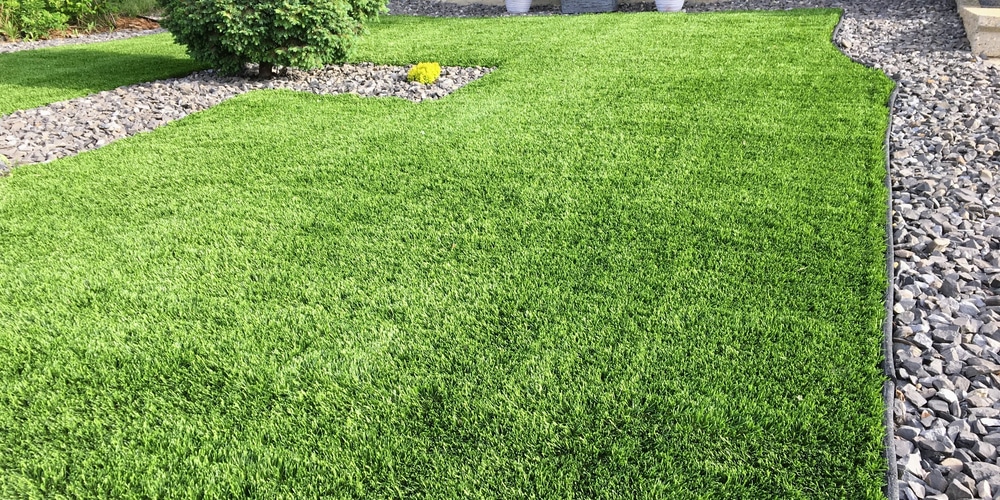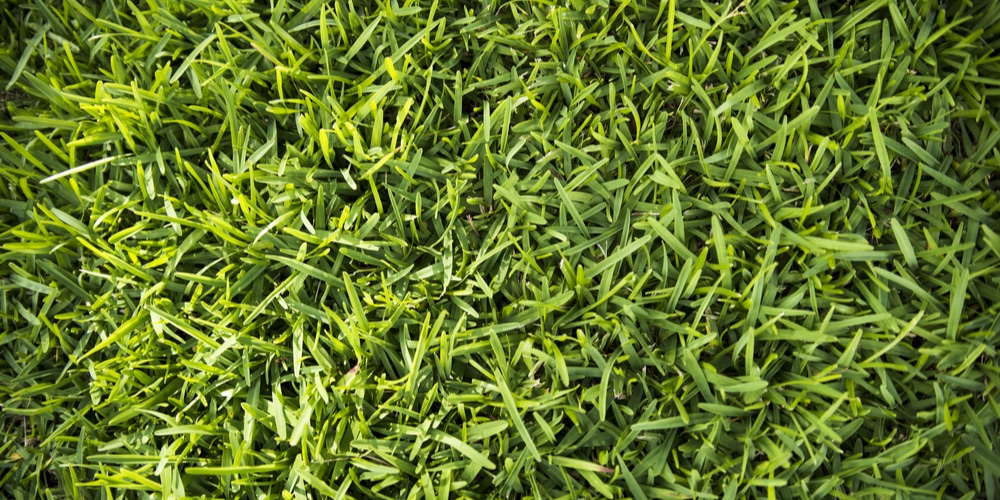Bermuda Grass Vs. Centipede Grass? Choosing the best grass for your lawn can be challenging. Bermuda Grass and Centipede Grass are two of the most popular types of turf, but which one is better? Bermuda grass has a long history as an excellent choice for lawns because it is drought tolerant, low maintenance, and resistant to weeds. This blog post will cover all that you need to know about Bermuda Grass Vs. Centipede Grass so that you can make an informed decision on what type of grasses would work best for your lawn!
Bermuda Grass Vs. Centipede Grass
Centipede grass doesn’t require as much water to survive and thrives in different climates than Bermuda grass.
Bermuda Grass Description
Bermuda Grass is a warm-season perennial bunchgrass and is one of the most popular types of turf in the United States. It was brought to America by colonial settlers who wanted an alternative to fescue for their lawns.
Bermuda grass can survive in many different soil types and conditions. It spreads by stolons, which are stems of the plant that root at the nodes allowing for new shoots to grow over time. This allows your lawn to repair itself, the downside being that Bermuda can spread into flower beds and other areas where you may not want the grass to grow.
Bermuda grass grows best in hot, dry climates with daytime temperatures between 50°F and 90°F degrees and low humidity. It thrives in full sunlight and doesn’t need much water to survive. Bermuda Grass does not grow well in shaded areas, wet conditions, or climates cooler than 50°F degrees. It’s also hardy and popular for golf courses, sports fields, and athletic playing surfaces.
Centipede Grass Description
Centipede Grass is also a warm-season perennial bunchgrass that can be found throughout the southeastern United States. It originates from China and has long, slender leaves with wide blades. Centipede grass produces rhizomes (underground stems) and stolons (above ground stems), allowing it to grow in large thick patches. This makes centipede grass an excellent choice for areas with lots of foot traffic, wear, or other damage as, like Bermuda, it can repair itself in time. That being said, Bermuda is the more durable variety.
Centipede grass is relatively drought-tolerant, low maintenance, and cold-hardy, making it an excellent choice for lawns that receive little rainfall. It’s also great for shaded conditions as it copes with areas of low light better than Bermuda grass does. However, this variety of grass does best when grown in full sunlight with temperatures between 70°F and 85°F degrees.
Centipede grass is very adaptable when it comes to soil types. If your yard has a pH of less than 7, centipede grass will thrive better than other varieties of grass. It doesn’t like salty conditions, so it is best avoided if the soil is sandy or you live near the sea.
Bermuda Grass Vs. Centipede Grass: Similarities
- Bermuda Grass Vs. Centipede Grass are both warm-season grasses that thrive in hot climates.
- Both kinds of grass are low maintenance; they require some water but will cope with drought and must be mowed weekly throughout the growing season.
- During a drought, these grasses will become dormant and turn brown.
- Bermuda and centipede grass can spread via rhizomes and stolons, which means patch areas will quickly fill.
- They are also both relevantly weed resistant as the grass is thick and dense, and a healthy lawn will crowd out weeds.
- Suitable for USDA zones 7 to 10.
Bermuda Grass Vs. Centipede Grass: Differences
- Centipede grass does slightly better than Bermuda grass in shaded areas. Bermuda will suffer in areas of low light and needs at least 4 hours of sunlight a day.
- Centipede grass also copes better than Bermuda when the weather is cold, wet, or frosty. Bermuda is more likely to suffer from frost damage.
- Bermuda grass is better at dealing with heavy foot traffic than Centipede grass.
- Bermuda grass can cope with salt in the soil better than centipede grass.
- Centipede grass should be cut to between 1 to 2 inches, while Bermuda is best kept short. The ideal mowing height for Bermuda is 3/4 inch to 1 1/2 inches.
Bermuda Grass Vs. Centipede Grass: Conclusion
Bermuda Grass and Centipede Grass are both excellent choices for homeowners who want a lawn that is low maintenance and requires little attention. Centipede grass can grow in shaded areas, wet conditions, or climates cooler than 50°F, making it an excellent choice for shady front yards or mild climates.
Bermuda grass thrives in sunny locations and can cope with lots of foot traffic and wear damage. Bermuda grass is an excellent choice for homeowners who want a low-maintenance lawn that will look great year-round!
Related articles: Best Time of Year to Plant Bermuda

